Heraclea Lyncestis
Founded by Philip II of Macedon, the ancient city of Heraclea Lyncestis is located just south of Bitola. With its location along the Via Egnatia, the Roman highway which once ran from the Adriatic Sea to Istanbul, the city was an important and prosperous center of commerce until a devastating earthquake led to its abandonment in the 6th century AD.
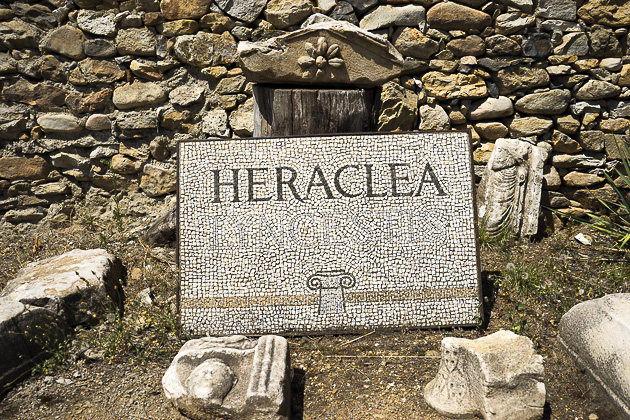
Lyncestis had been an administrative region within the Kingdom of Macedonia, and the name Heraclea comes, as might be supposed, from the mythological hero Heracles. A mask depicting the famous monster-slayer was discovered in the ruins, and can be seen in the on-site museum.
Most of Heraclea Lyncestis has not yet been unearthed, but there’s still a lot to see, including residential buildings, churches, and streets outfitted with sewage drains. The floors of the Great Basilica are covered with intricate mosaics featuring floral patterns and wild animals. Unlike at important archaeological sites in most other countries, visiting Heraclea is extremely relaxed. Tourists are allowed to climb around all over the place. There aren’t even any signs barring you from stepping onto the ancient mosaic floors; apparently, people are trusted to employ their own common sense.
In 1931, a small admission ticket carved in bone was found within the city, which led archaeologists to reason that Heraclea must have a theater. But World War II interrupted the dig, and it wasn’t until 1968 that the theater was finally uncovered on the northern slope of town. Today, the entire structure has been revealed. With room for hundreds of spectators, tunnels under the seats, and even animal cages, it’s a safe bet this amphitheater saw some bloody, Gladiator-style entertainment.
We’ve become accustomed to having Macedonia’s archaeological sites all to ourselves, but Heraclea was swarming with other tourists during our visit. That wasn’t exactly a surprise: not only are the ruins within walking distance of Bitola, they’re also among the most impressive Macedonia has to offer.
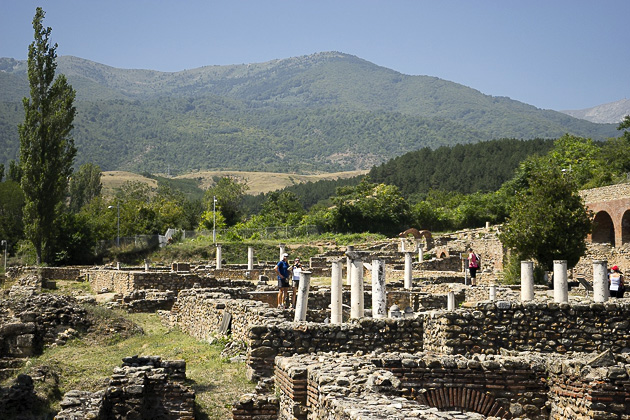
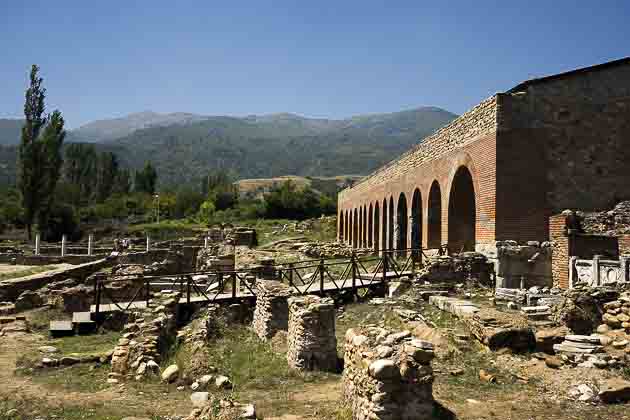
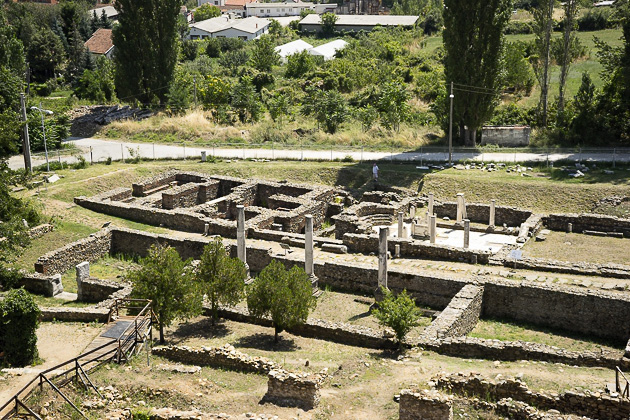
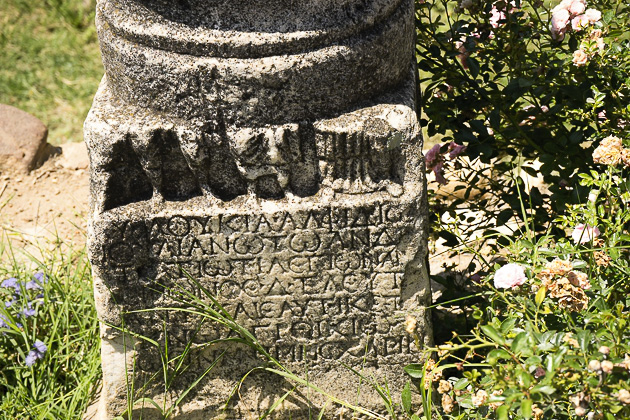
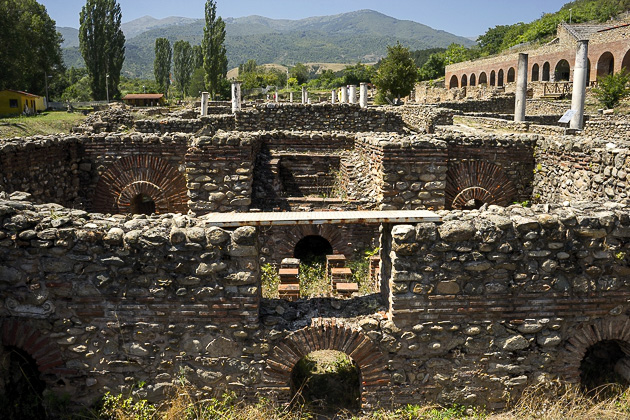
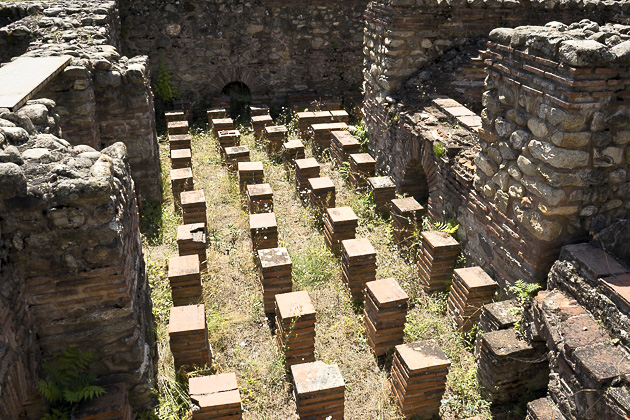
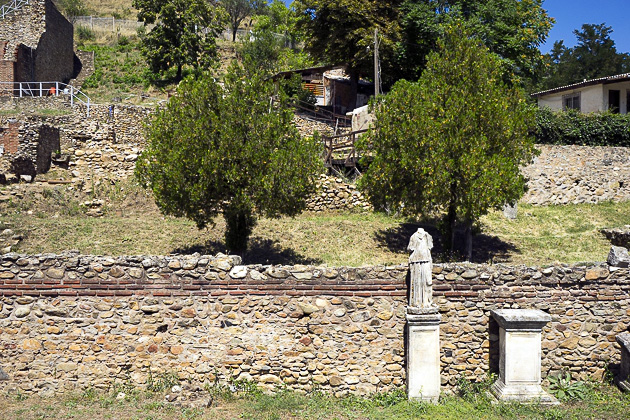
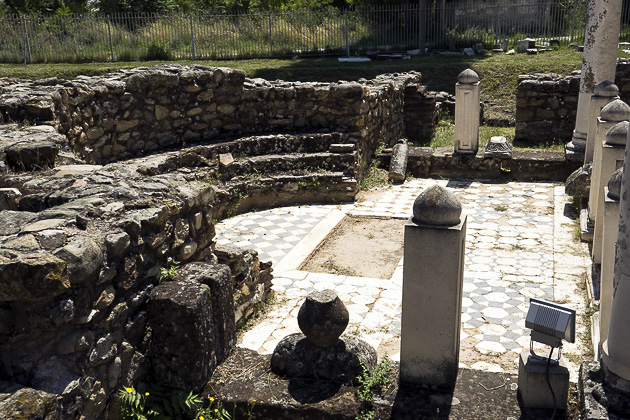
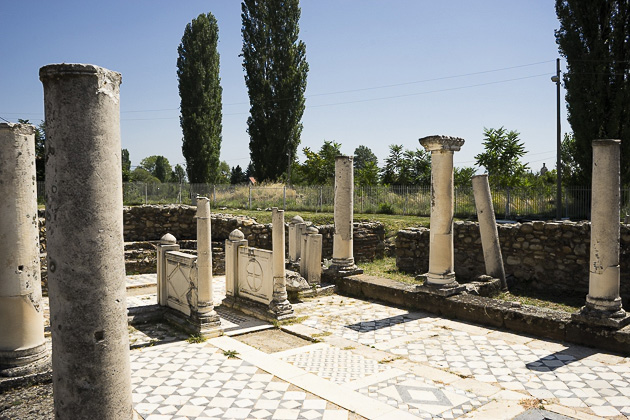
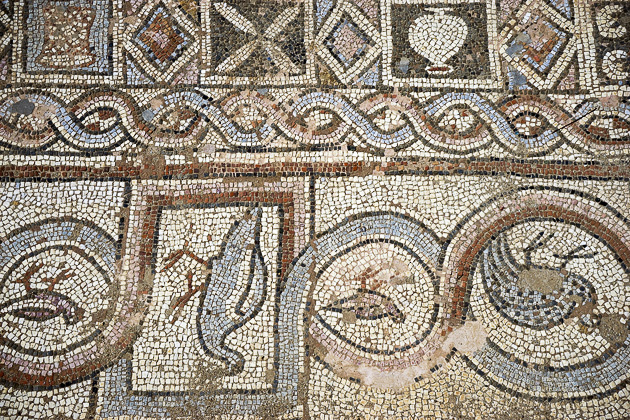

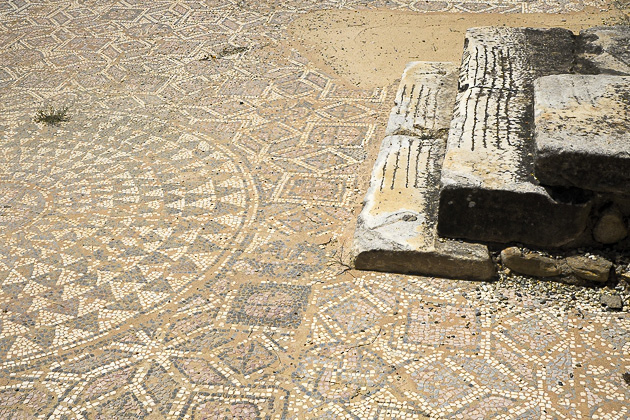
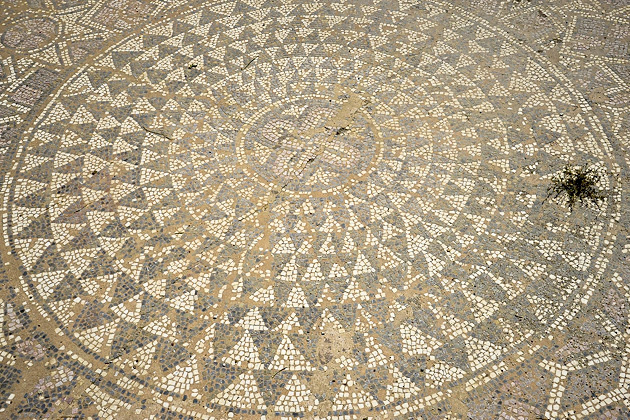
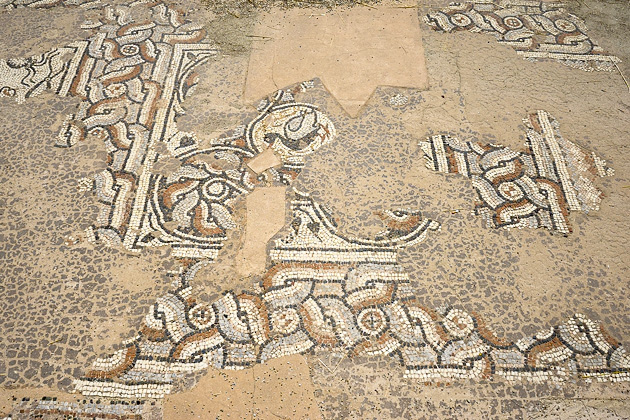
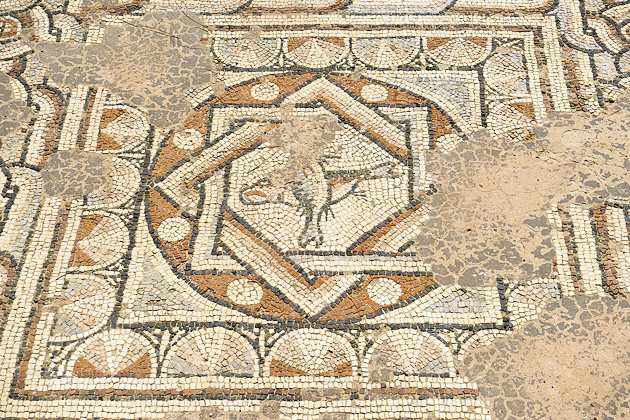
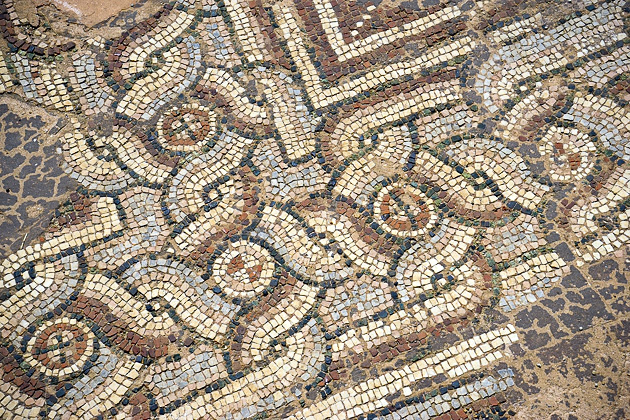
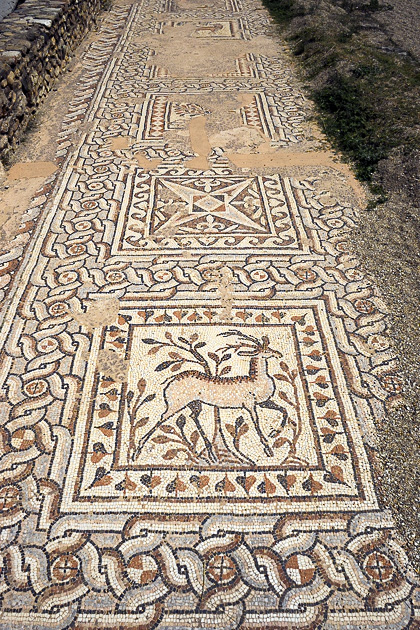
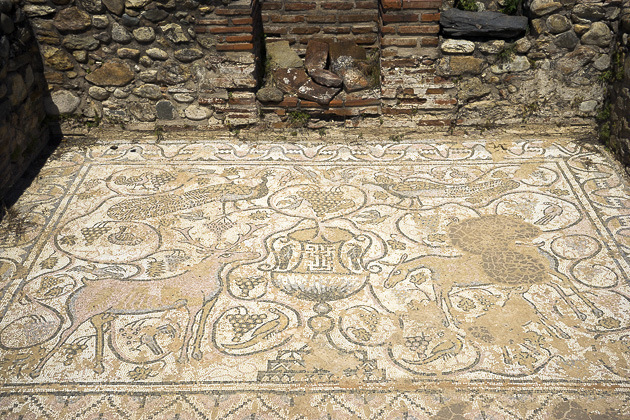
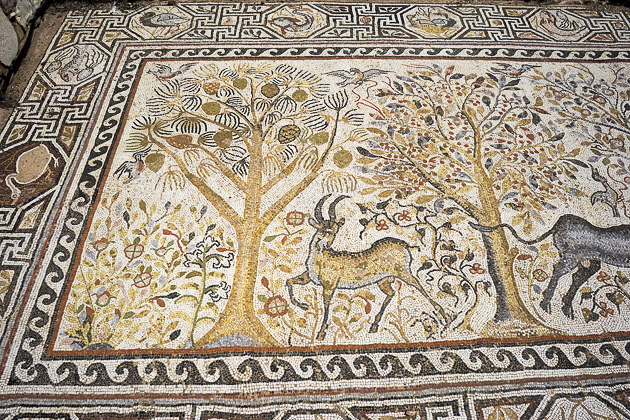
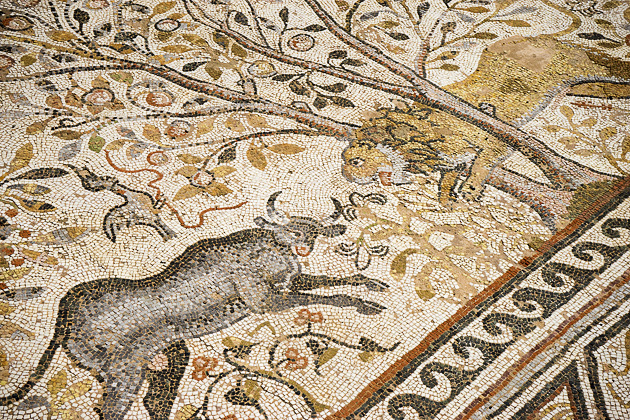
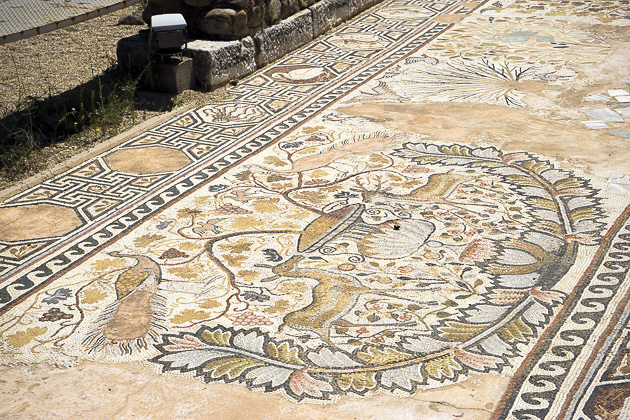
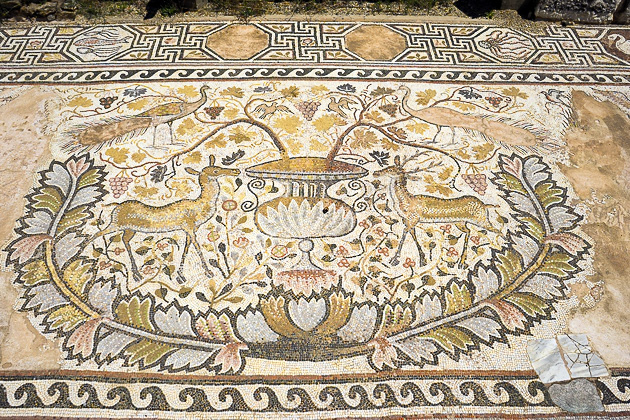

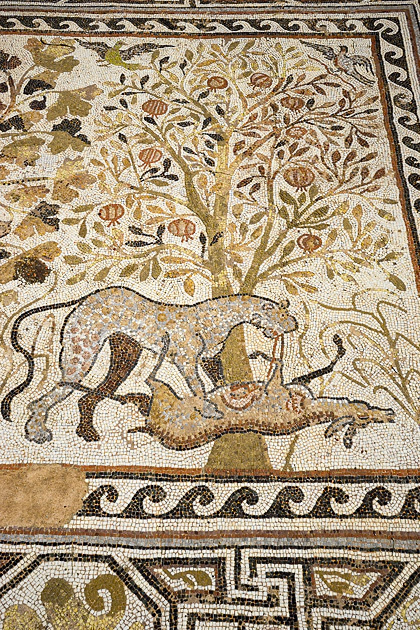
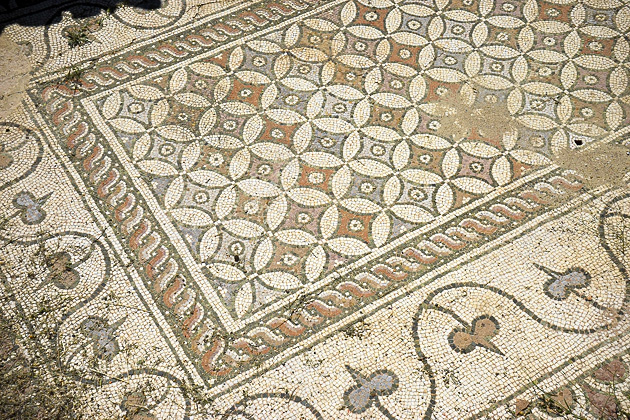
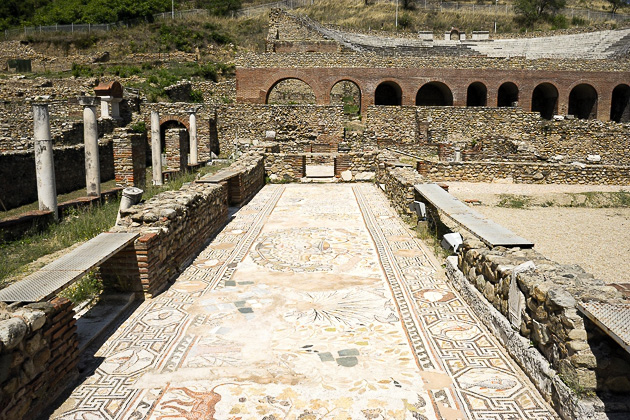
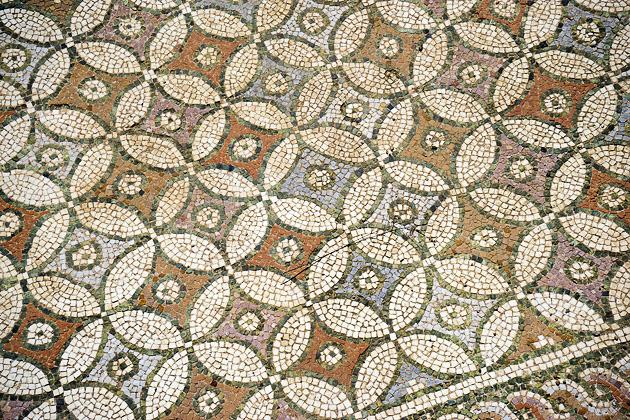
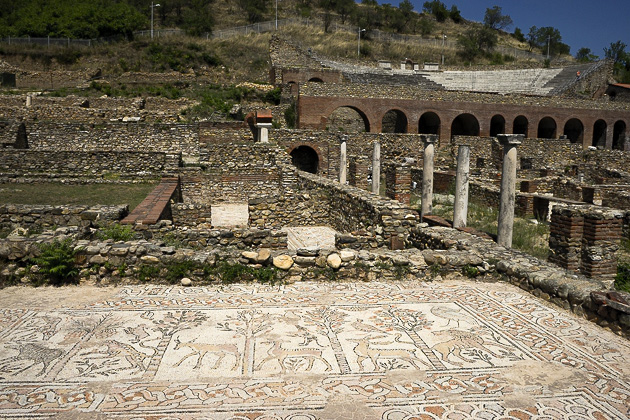
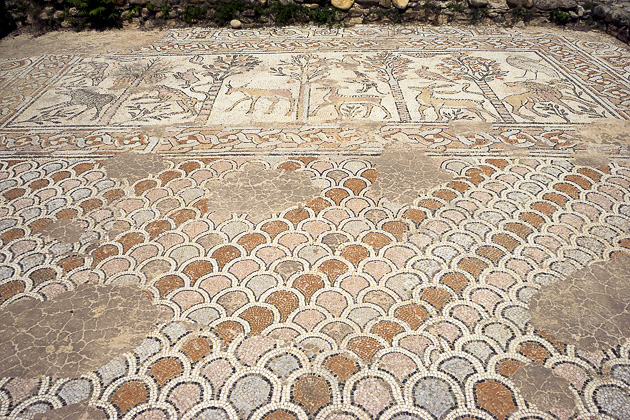
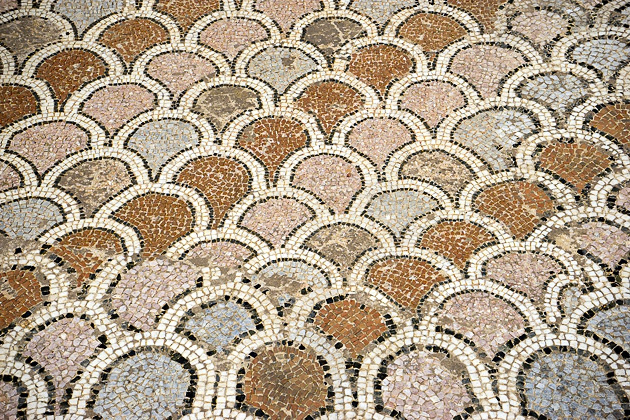
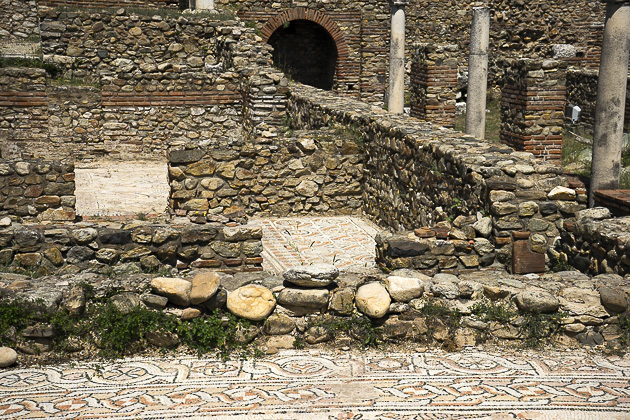
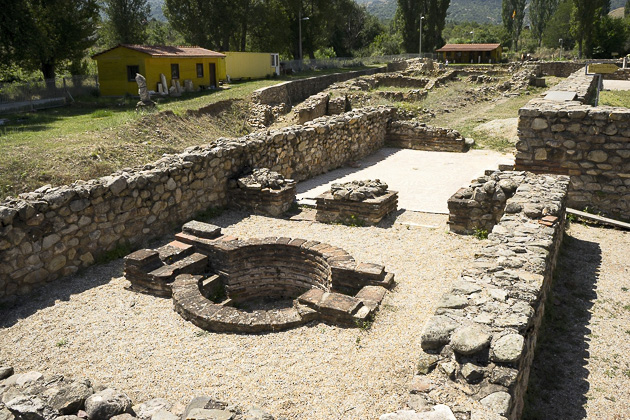
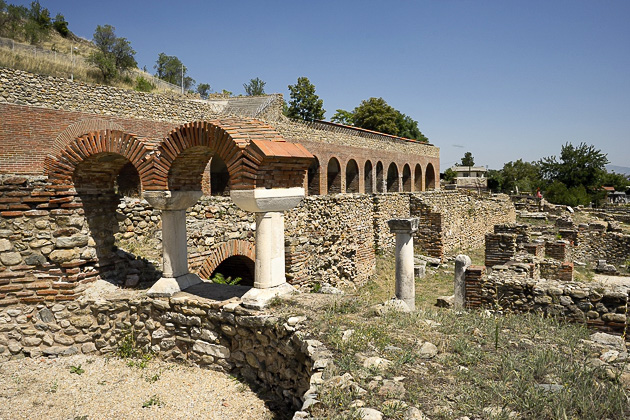
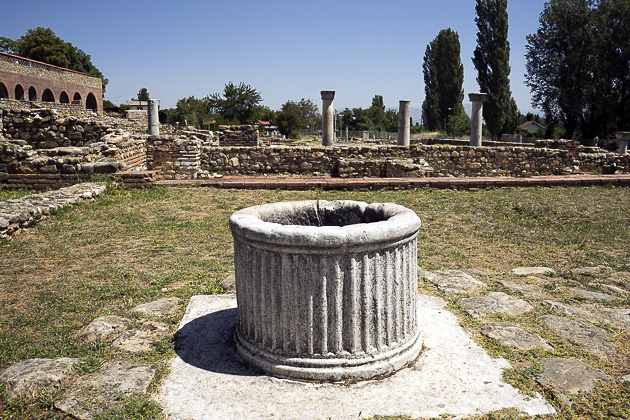
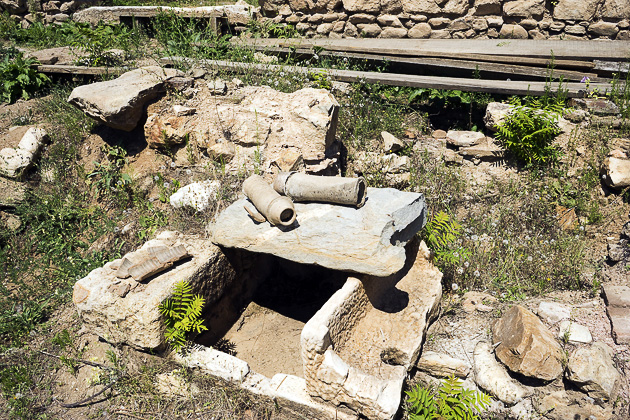
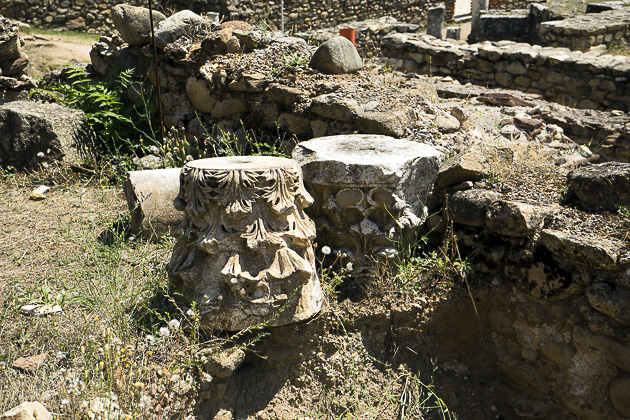
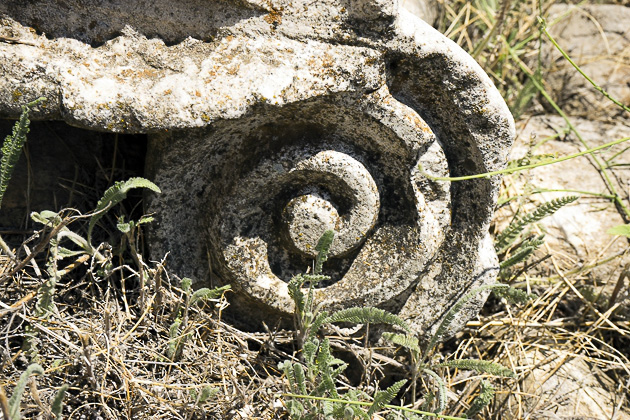
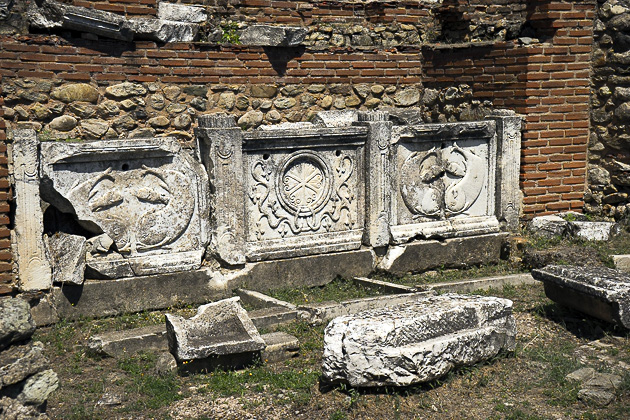
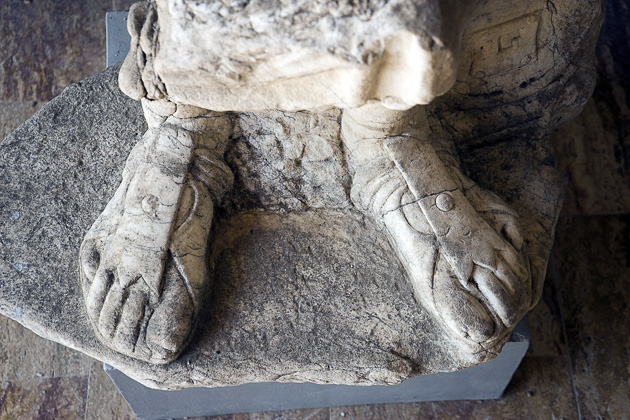
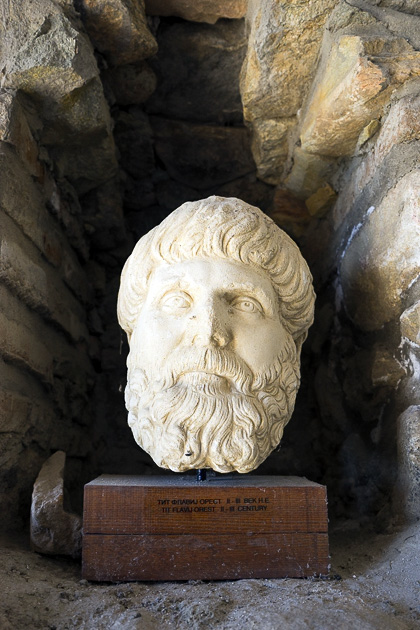
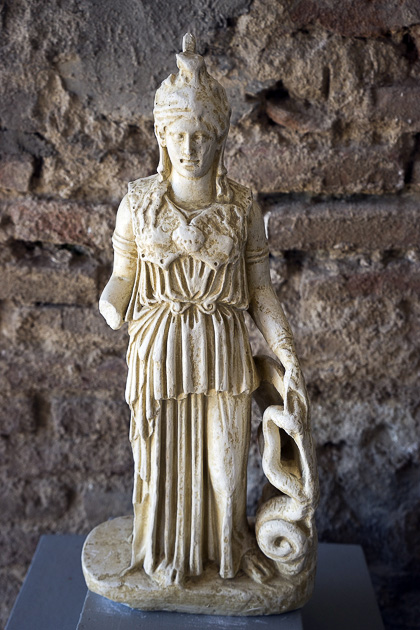

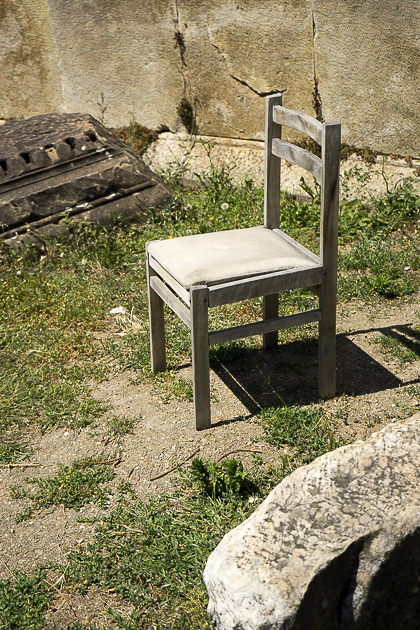
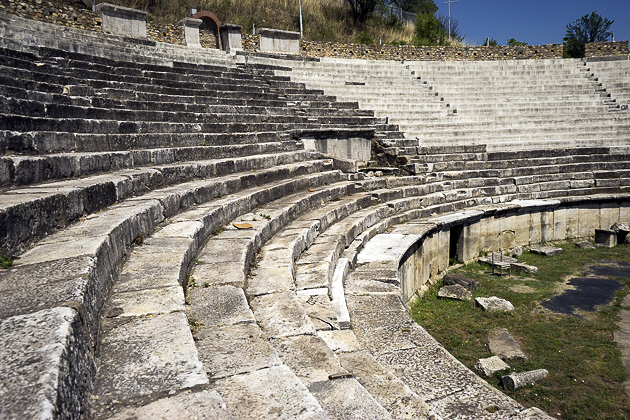
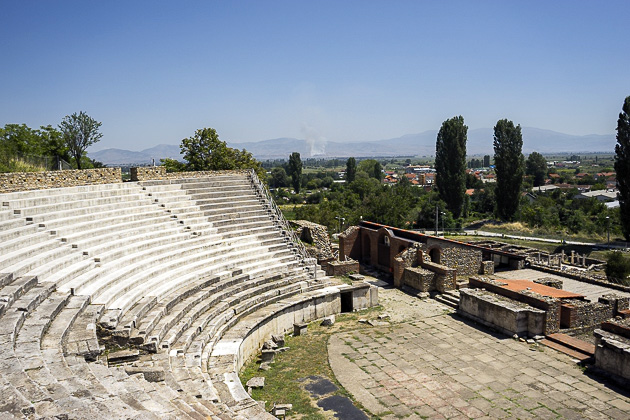
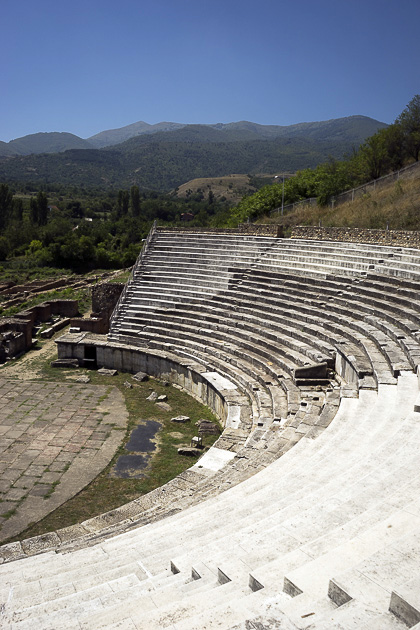
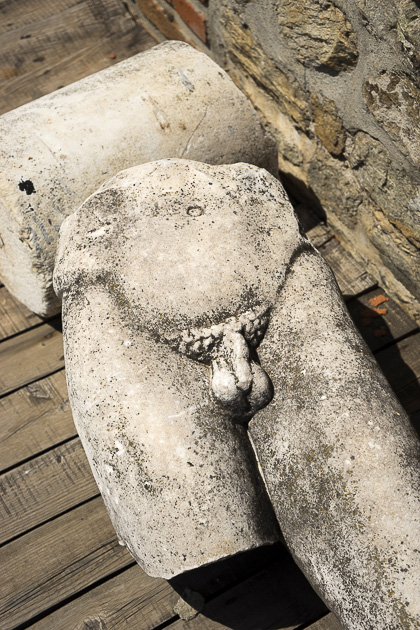
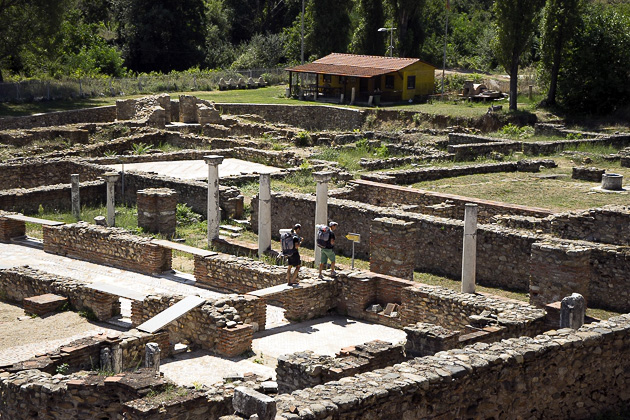


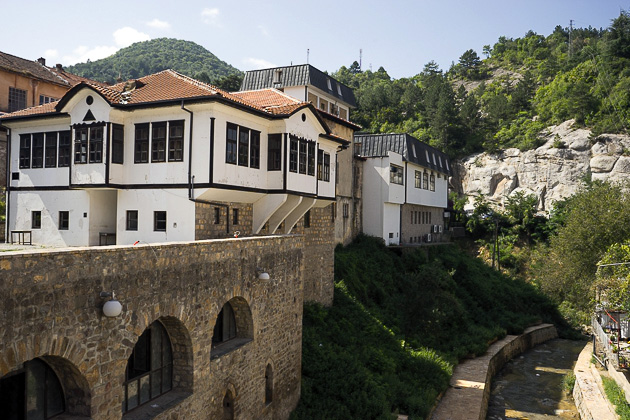


Ancient sites speak from the past. I am in awe of the artistry and craftsmanship found in the ruins.
These photos are amazing. I can’t imagine how much time it takes to put such complex mosaics together. As always, I am impressed!
This was really cool! I remember learning about ancient theaters in my first drama class, and it’s really cool to actually see them!
Pingback: The Ruins of Stobi | For 91 Days in Macedonia – Travel Blog
Pingback: The Bitola Museum and Atatürk | For 91 Days in Macedonia – Travel Blog
Very nice.The mosaics are one of best example of the late art of the Hellenic tribe of Macedonians.The was built in the middle of 4 century BC by Philip II of Macedonia.The city was named after Heracles the most famous son of Zeus.
Thank you for your post. I am going to visit Macedonia in the middle of September and found your blog very helpful.